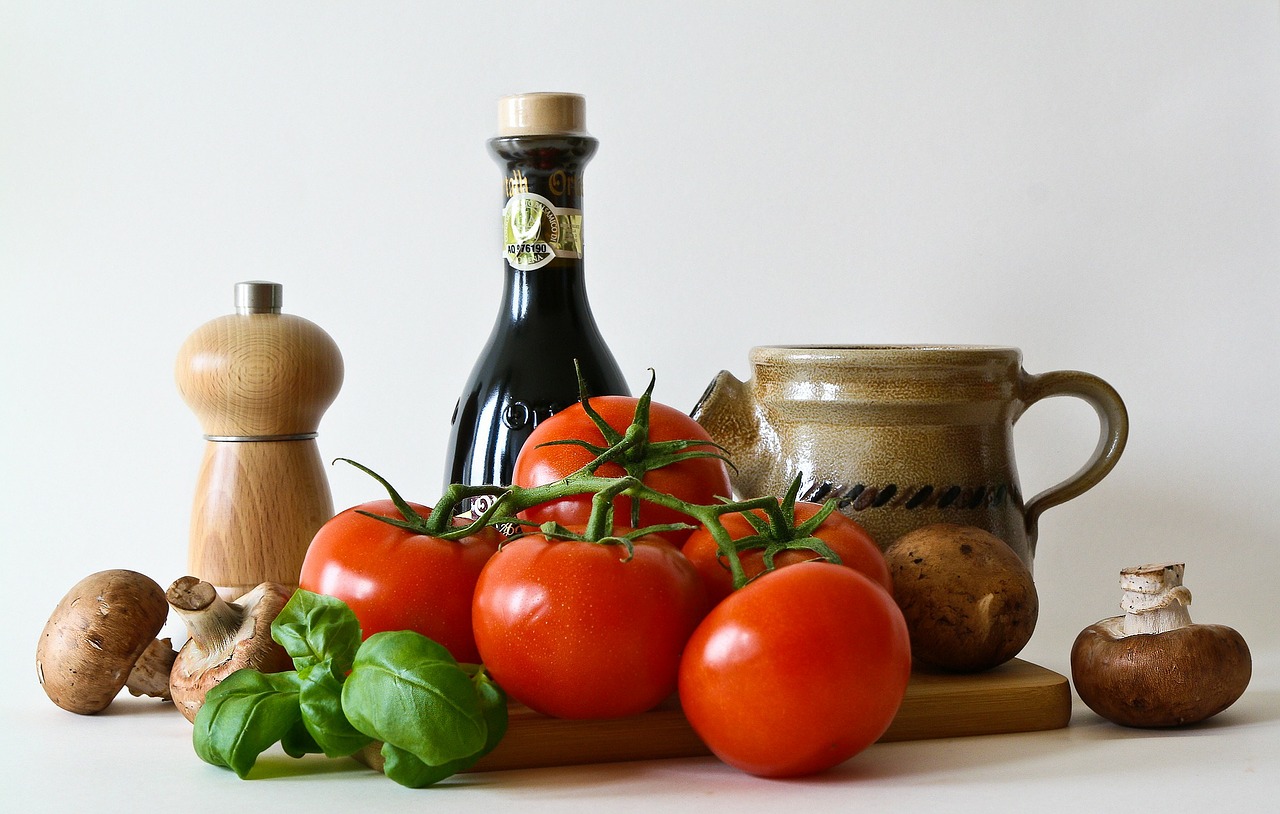By Linda Naylor
What if an expert gardener did the metaphorical ‘heavy lifting’ so that creating an organic garden became easy… so easy, that you’d challenge yourself to take up The Essential Garden mantra to eat, really, really well?
David Koester, Agent for Horticulture at the Campbell Co Extension Service of the University of Kentucky College of Agriculture, makes understanding basic organic gardening so easy you’ll be compelled to take the first step in transforming how you eat and how you think about food.
I admit to championing a paradigm shift in how we view our food system. The first step in that shift is the simple activity of creating a garden, which has the added benefits of learning how to discern and appreciate quality food, while simultaneously promoting community.
In this spirit, I’m committing to creating my own garden plot in a Cincinnati community garden this spring. I’ve gardened successfully in my own yard for a number of years. This spring, I’d like to document my own process of starting a garden from the ground up (pun, unavoidable).
David Koester’s amazing organic gardening experience instills the confidence that I, any of us, all of us, can maintain successful gardens. As a reminder, “organic” gardening is defined as “relating to, yielding, or involving the use of food produced with the use of feed or fertilizer of plant or animal origin without employment of chemically formulated fertilizers, growth stimulants, antibiotics, or pesticides.” So starting with a plot that has had no chemical fertilizers is a necessary first step. Then, over time, feeding the soil with compost, organic by-products and waste strengthens the nutrient base, and therefore the quality, of the soil that feeds the vegetables. A number of local landscaping companies create compost from the waste of very large companies, so it’s easy to seek compost out if you don’t already have access to it. This is also an obvious opportunity to rethink and incorporate compostable materials you already have at home: lawn clippings, leaves and newspaper, in addition to non-dairy, non-meat food scraps from the kitchen if you’re composting at home.
Fundamental to successful vegetable growth is understanding the light requirements of individual vegetable plants. David says the following plants require full sun: beans, broccoli, Brussel sprouts, cabbage, cantaloupe, corn, eggplant, peppers, pumpkins, squash and tomatoes. He categorizes the following vegetables as requiring partial sun: beets, carrots, cauliflower, lettuce, onions, parsley, peas, radishes, spinach and Swiss chard.
Lastly, using organic mulch around your plants and on the pathways between rows has many benefits. Mulches make for easier weeding, they retain water around plant root systems, they reduce erosion, they slow down leaching and keep vegetables that are low to the ground cleaner. Straw is a great mulch, as are leaves, grass clippings and newspaper. (All newspaper inks are soy-based so there is no negative effect on plants.)
So, these are the fundamentals of organic gardening. The most important point is to remember that organic gardening is simple, easy and cost-effective. The results are immensely gratifying. Be warned: when you experience the richness of taste, texture, color and nutritional benefit of home-grown vegetables, there’s no turning back.
These simple, yet profound, choices are how the American food system is changed. One decision at a time. What will you decide? What action will you take?
Linda Naylor is a food blogger at The Essential Garden
To find organically grown produce in your area, check out Pick-A-Pepper.com!
Similar Stories:
- Five Myths About Food Safety and Home Gardens
- 5-Gallon Bucket Worm Farm=Black Gold
- Health and Environmental Hazards of GMOs: An Annotated Bibliography.
- 10 Homemade Christmas Ideas
- Local Food Is Elitist? Part I




